Anand J. Thakur - The Elements of Fracture Fixation
Here you can read online Anand J. Thakur - The Elements of Fracture Fixation full text of the book (entire story) in english for free. Download pdf and epub, get meaning, cover and reviews about this ebook. year: 2019, publisher: Elsevier Inc., genre: Romance novel. Description of the work, (preface) as well as reviews are available. Best literature library LitArk.com created for fans of good reading and offers a wide selection of genres:
Romance novel
Science fiction
Adventure
Detective
Science
History
Home and family
Prose
Art
Politics
Computer
Non-fiction
Religion
Business
Children
Humor
Choose a favorite category and find really read worthwhile books. Enjoy immersion in the world of imagination, feel the emotions of the characters or learn something new for yourself, make an fascinating discovery.

- Book:The Elements of Fracture Fixation
- Author:
- Publisher:Elsevier Inc.
- Genre:
- Year:2019
- Rating:4 / 5
- Favourites:Add to favourites
- Your mark:
- 80
- 1
- 2
- 3
- 4
- 5
The Elements of Fracture Fixation: summary, description and annotation
We offer to read an annotation, description, summary or preface (depends on what the author of the book "The Elements of Fracture Fixation" wrote himself). If you haven't found the necessary information about the book — write in the comments, we will try to find it.
The Elements of Fracture Fixation — read online for free the complete book (whole text) full work
Below is the text of the book, divided by pages. System saving the place of the last page read, allows you to conveniently read the book "The Elements of Fracture Fixation" online for free, without having to search again every time where you left off. Put a bookmark, and you can go to the page where you finished reading at any time.
Font size:
Interval:
Bookmark:
Fourth Edition
Anand J. Thakur

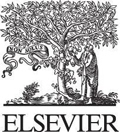
RELX India Pvt. Ltd.
Registered Office: 818, Indraprakash Building, 8thFloor, 21, Barakhamba Road, New Delhi-110001
Corporate Office: 14th Floor, Building No. 10B, DLF Cyber City, Phase II, Gurgaon-122 002, Haryana, India
The elements of fracture fixation, 4e, Anand J. Thakur
Copyright 2020 by RELX India Pvt. Ltd.
Previous editions copyrighted 2015, 2007,1998
All rights reserved.
ISBN: 978-81-312-5655-8
e-Book ISBN: 978-81-312-5656-5
No part of this publication may be reproduced or transmitted in any form or by any means, electronic or mechanical, including photocopying, recording, or any information storage and retrieval system, without permission in writing from the publisher. Details on how to seek permission, further information about the Publishers permissions policies and our arrangements with organizations such as the Copyright Clearance Center and the Copyright Licensing Agency, can be found at our website: www.elsevier.com/permissions.
This book and the individual contributions contained in it are protected under copyright by the Publisher (other than as may be noted herein).
Notice
Practitioners and researchers must always rely on their own experience and knowledge in evaluating and using any information, methods, compounds or experiments described herein. Because of rapid advances in the medical sciences, in particular, independent verification of diagnoses and drug dosages should be made. To the fullest extent of the law, no responsibility is assumed by Elsevier, authors, editors or contributors in relation to the adaptation or for any injury and/or damage to persons or property as a matter of products liability, negligence or otherwise, or from any use or operation of any methods, products, instructions, or ideas contained in the material herein.
Content Strategist: Arun Khemariya
Content Project Manager: Ayan Dhar
Cover Designer: Gopalakrishnan Venkatram
Senior Production Executive (India and SEA): Dhan Singh
Printed in....... by.......
To my
Parents
Dr J.G. Thakur and Dr (Mrs) Vimal J. Thakur
Wife
Urmila
Sons
Nikhil & Kanishka
I am happy to write preface to the fourth edition of The Elements of Fracture Fixation that has come to be recognized as an essential reading for orthopaedic trainees and young orthopaedic surgeons. When it comes to new learning in orthopaedics, the novice and experienced professionals are at the same starting point. The fourth edition is a good commencement point not only for trainees but also for all those who wish to keep themselves updated in the science of fracture fixation.
Locking plates were introduced about 20 years ago. Over these years, our understanding of their mechanical behaviour has evolved and new aspects are being learnt every now and then. Adequate interfragmentary motion (IMF) is necessary for prompt fracture healing; however, excessive IMF inflicts higher strain levels at the screw holes, leading to loosening and loss of plate fixation. A comprehensive discussion to avoid such undesired side effect while deriving maximum IMF is included in this edition. Limitations exist to generation of IMF by increasing working length of a plate-bone construct. To overcome this barrier, far cortex locking technique with flexible screws was introduced. A further step in building a dependable device to enhance IMF is introduction of active plate; this device is in clinical use in selected institutions and has shown gratifying results in clinical trials. A new design of screw thread is very effective in osteoporotic bone. All these elements are described in this edition. Stable reduction of intertrochanteric fractures is essential for successful outcome. A method to ensure the reduction is detailed and well illustrated. Transcervical fractures in young patients need a fixation that will be stable till the fracture heals. Three screws have been used with indifferent success. A new method of introducing three screws in two planes to support the femoral head against loads in all planes is included; a supportive video makes it easy to understand and remember the method. Recently proposed bone healing and nonunion (BHN) theory is discussed; this widens our scope of understanding bone healing process in internally fixed fractures. A few more new terms that are being increasingly used in fracture literature are defined in easy words. Videos are introduced as additional tools; these are helpful in understanding various concepts such as force and load, terms such as torque and four-point bending; though elementary for engineers, orthopaedicians often find these ideas daunting. Other videos explain procedures such as nerve block for pain relief in hip fracture, preparation of antibiotic impregnated nails and good practices for screw insertion.
I received substantial help from friends and colleagues in orthopaedic circles. Vikas Agashe and Anil Karkhanis have been friendly critics of the work over the past 20 years and have advised me on inclusion of newer developments in this edition. I thank B. Shivshankar, president elect, Indian Orthopaedic Association for 2021, and a friend who has made valuable suggestions for improvement of chapter on intramedullary nailing, a topic close to his heart. I need ongoing help from nonmedical professionals in simplifying mechanical aspects of fracture fixation. In this respect, I thank Milind Joglekar, PhD, structural engineer, Chicago, Illinois; Ashok Sathe, PhD, former director of Institute of Science, Mumbai; and Milind Karandikar, B. Tech, IIT-B of Vile Parle, Mumbai, for their help in explanation of engineering terms alien to orthopaedic fraternity. Rajeshwar Singh, medical writer, Mumbai, helped me in maintaining clarity and brevity in writing since the first edition; he has continued to do so despite keeping indifferent health. My friend from medical school days, Kirit Vora, an eminent urologist in Detroit, has developed extraordinary skills in photography. I thank him for his help in improving the digital quality of radiographs culled from different sources. Ayan Dhar of Elsevier deserves special recognition for tolerating my idiosyncrasies and fastidiousness for clarity in illustrations and quality of printing of this edition. Lastly, I thank my wife Urmila for her understanding, who by now has given up on me when I commence revision work on a new edition of one of my books.
Anand J Thakur, Mumbai
Several of my friends, acquaintances and fellow specialists have extended help in collating radiographs for this edition. I am listing their names in alphabetical order and specifying their contribution.
Agashe VM C
In fixation of fractures, the operating orthopaedic surgeon becomes a structural engineer as he creates a new structure from the wreckage of the old. Bone screws, bone plates, nails, wires and components of external fixation systems are the basic elements which help an orthopaedic surgeon to reconstruct a fractured bone.
Surgery can be performed mechanically without any knowledge of anatomy and physiology, but this would be considered outrageous. Similarly, it would be reprehensible for an orthopaedic trainee not to know the biomechanical aspects of the tools of his trade. It is said that the true cause of internal fixation failure is not the failure of the device but in fact the failure of the surgeon to understand the principles of fixation and limitations of the implant. Information on these implants is scarce and scattered, often tucked away in a small section in the large books on fracture treatment and orthopaedic biomechanics. Some of it is available only in journals or in implant manufacturers publications. New trainees in the specialty cannot get all of it in a concise form at the beginning of their careers when they need it most and have little time for large tomes.
Font size:
Interval:
Bookmark:
Similar books «The Elements of Fracture Fixation»
Look at similar books to The Elements of Fracture Fixation. We have selected literature similar in name and meaning in the hope of providing readers with more options to find new, interesting, not yet read works.
Discussion, reviews of the book The Elements of Fracture Fixation and just readers' own opinions. Leave your comments, write what you think about the work, its meaning or the main characters. Specify what exactly you liked and what you didn't like, and why you think so.

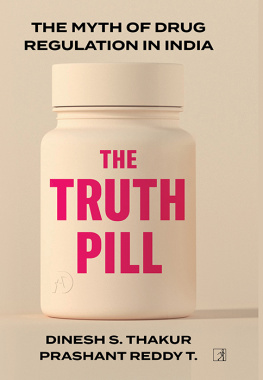

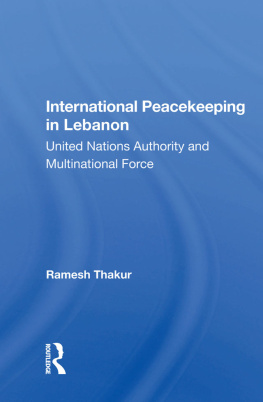
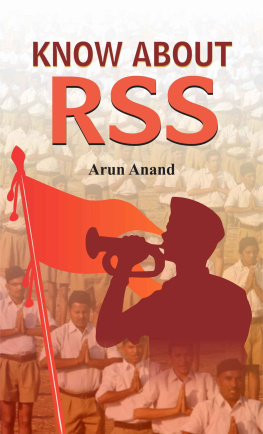
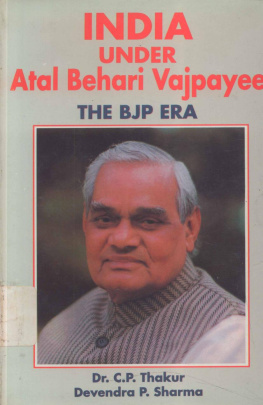
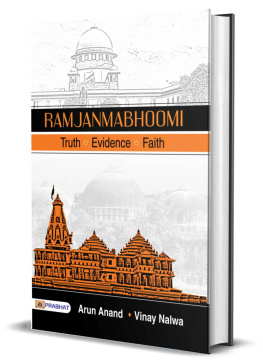
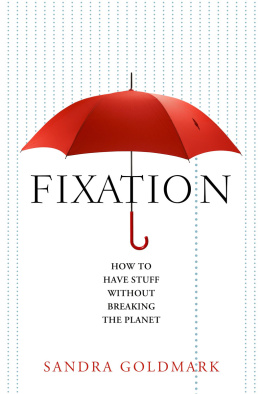
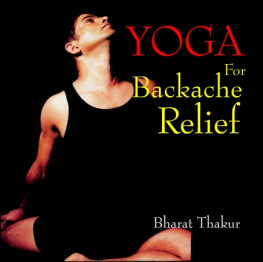
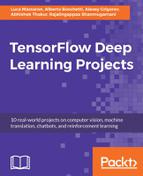
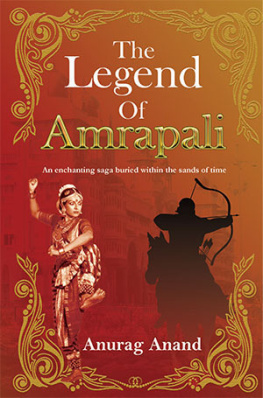
![Anita Anand - The Library Book. Anita Anand ... [Et Al.]](/uploads/posts/book/40194/thumbs/anita-anand-the-library-book-anita-anand-et.jpg)